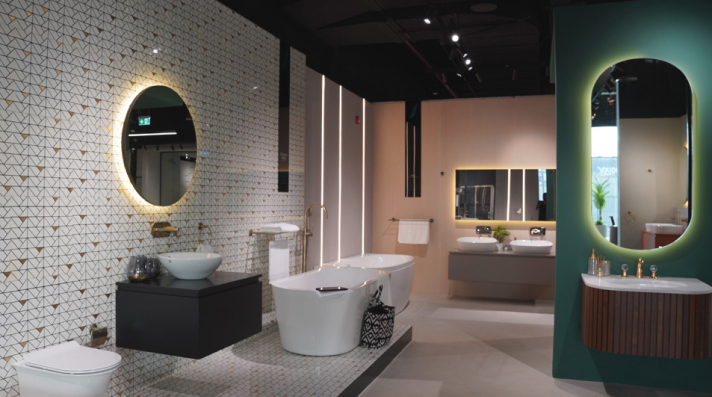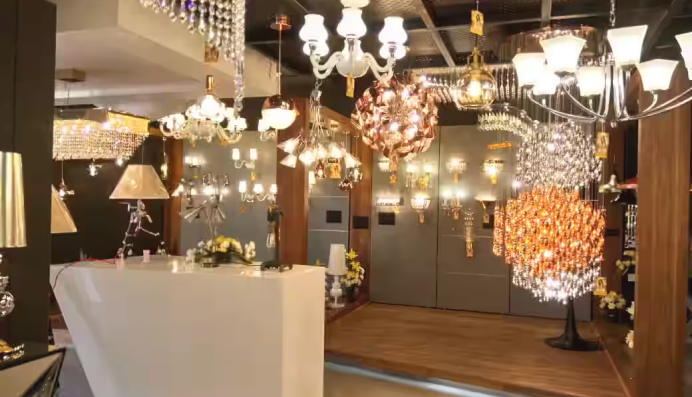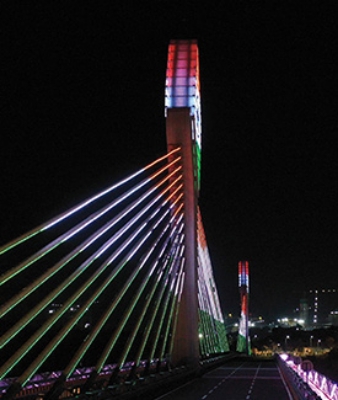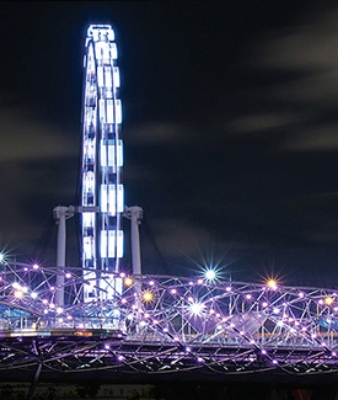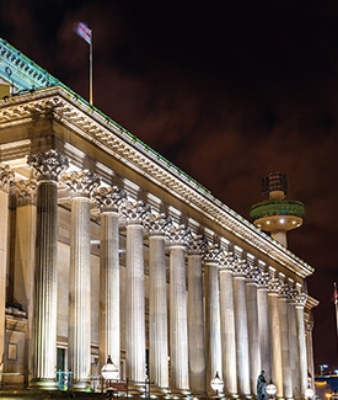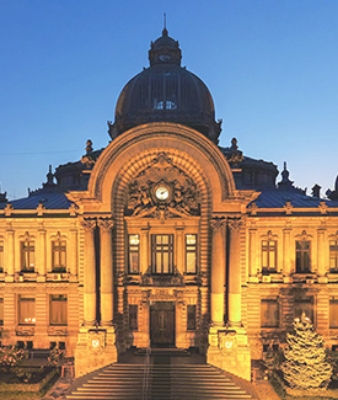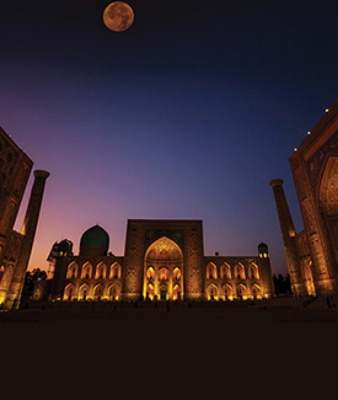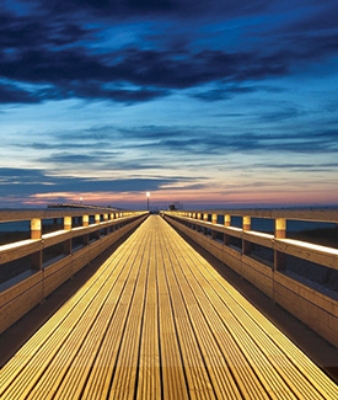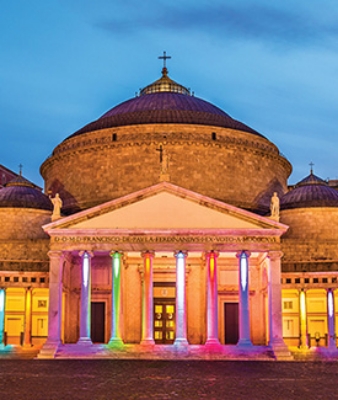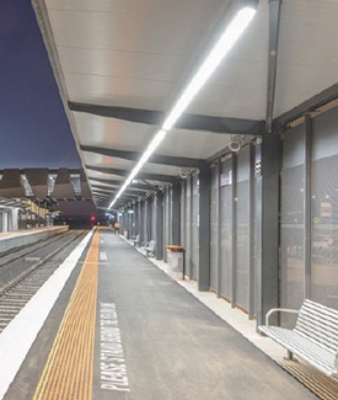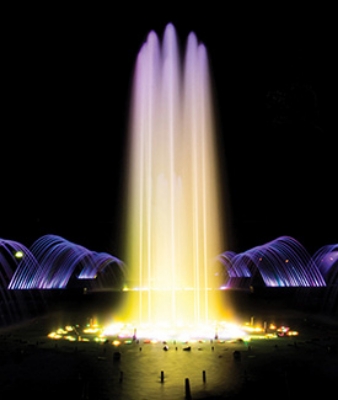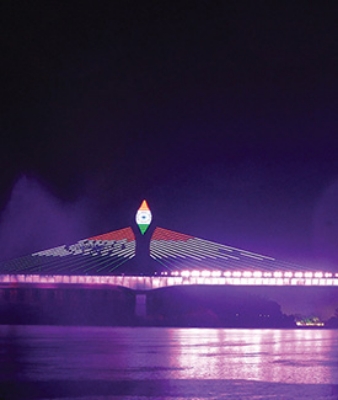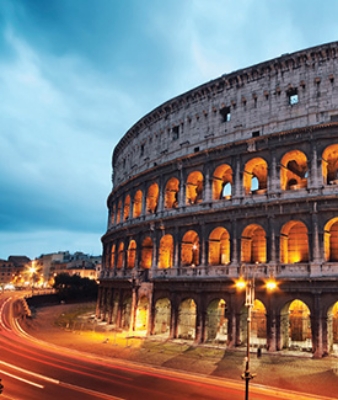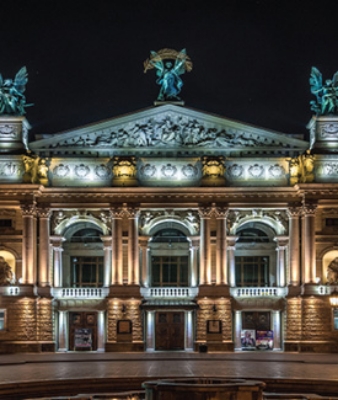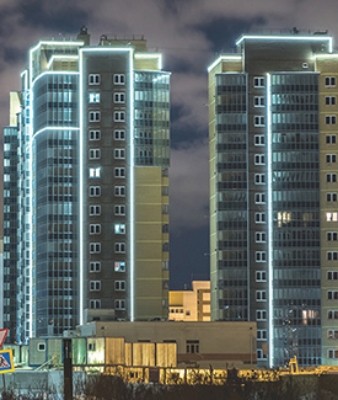We use cookies to deliver the best possible experience on our website. By continuing to use this site, or closing this box, you consent to our use of cookies.
Architectural Indoor & Facade Lighting
Facades are the front-facing exterior sides of any building structure. In terms of architecture, they are considered to be one of the most important exterior design elements to determine the overall structure of the building. Hence, exterior facade lighting can transform any structure and highlight its architecture, its key building features and its surroundings.
There are a variety of facade Lighting designs that come different in shapes and sizes.
Exterior facade lighting changes its appearance throughout the day based on natural lighting throughout the day or artificial lighting during the night. You can opt for different types of Facade Lighting for building facade lighting, residential facade lighting or any exterior facade lighting that is well suited for you.
For example, you can pick flood lights, spot projectors, or wall washers for building facade lighting. Similarly, ground burials or window lights for residential facade lighting. Other types of Facade Lighting also cover led facade lighting, linear facades, etc. You can pick the best facade lighting for your space with Jaquar’s architectural facade lighting.
Each city speaks of its character in the daylight. Come night; they are illuminated to full glory, getting a new avatar.
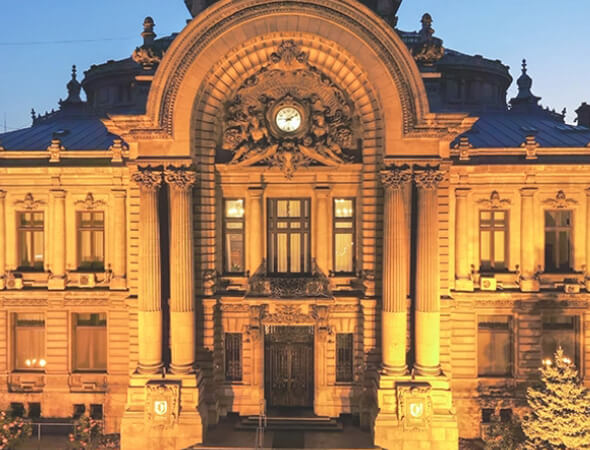
First impressions last. Whether it’s a person or a building, the emotions evoked at first sight are of prime importance. That’s why so much effort goes into the design of the facade of a building. It is a statement that the architects and occupants of the building seek to project to the world – about the building’s identity, personality, status & individuality
With LED lights, led facade lighting has become a dream come true for structures.
Jaquar Lighting, with turnkey projects in Facade Lighting in UAE and a five-year warranty on products, provides end to end solutions to clients - right from project designing & planning to material supply and execution to unmatched after-sales service.
- 01
Lighting Design
ConsultancyOur professional Lighting Simulation & Design teams PAN UAE, explore multiple options using various modern and exterior LED lighting fixtures to create patterns, symmetry, scale, balance, contrast, and mood of the space in consonance with the architects’ original architecture.
- 02
Planning and
InstallationDedicated Project Management teams provide supervision to each project for proper installation and functioning of the products.
- 03
Complete after sales
serviceOur job is not done after completion of the project. We are equally responsible for our after-sales service for 100% client satisfaction.
- 04
3-5 Year* Warranty for
ProductsWe not only provide end to end solutions and customize each product according to the client’s requirements, we also offer an added advantage of 3-5 year warranty on each lighting product.
FAQs:
Q.1 What is architectural lighting, and how does it differ from decorative lighting?
A. Architectural lighting integrates with the structure of a building to highlight form, function, and space, often serving both practical and aesthetic purposes. Decorative lighting, by contrast, acts as a visual feature or design statement, focusing on style and appearance.
Aspect | Architectural Lighting | Decorative Lighting |
Purpose | Enhances structure, improves visibility | Adds charm, style, and ambience |
Integration | Built into walls, ceilings, or facades | Standalone fixtures like chandeliers |
Function | Focused on practicality and highlighting design | Focused on aesthetics and mood |
Examples | Wall wash, recessed, façade floodlighting | Pendants, chandeliers, fancy lamps |
Q.2 Which façade lighting techniques (recessed, spot, wall-wash, grazing) are best, and when should I use each?
A.
Technique | Best Use Case | Effect |
Recessed | Minimalist facades, hidden fittings | Subtle illumination with clean lines |
Spot lighting | Highlighting architectural features | Focused beams to draw attention |
Wall-wash | Wide, smooth lighting for flat walls | Creates uniform, soft brightness |
Grazing | Textured surfaces like stone walls | Accentuates depth and material detail |
Q.3 What are the types of architectural lighting?
A.
- Recessed lighting – concealed fixtures for clean aesthetics.
- Cove lighting – indirect light highlighting ceilings.
- Wall washers – spread even light across surfaces.
- Spotlights – direct focus on details or art.
- Grazing lights – highlight textures on facades.
- Façade floodlighting – illuminate large building exteriors.
Q.4 How do I choose the right architectural lighting?
A.
- Identify the building’s focal points and features.
- Consider purpose: visibility, safety, or design enhancement.
- Select fixtures that blend with architectural style.
- Choose energy-efficient LEDs for sustainability.
- Match colour temperatures with mood and design goals.
- Ensure proper control systems for dimming and automation.
- Consult lighting professionals for complex façade designs.
Q.5 What maintenance and durability factors matter for building lighting installations?
A.
- IP ratings: Choose IP65 or above for outdoor/weather-exposed areas.
- Material quality: Stainless steel, aluminium, and tempered glass resist corrosion.
- Accessibility: Install fixtures where maintenance can be done safely.
- Heat management: Ensure proper ventilation for longevity.
- Waterproofing: Essential for durability in harsh climates.
- Serviceability: Easy-to-replace drivers and LEDs reduce downtime.
Q.6 What is building façade lighting?
A. Building façade lighting is exterior illumination designed to enhance the look, safety, and identity of a building after dark. It highlights architectural features, creates ambience, and improves visibility. Façade lighting also plays a role in branding, making structures stand out in urban landscapes. Using techniques like grazing, wall washing, or floodlighting, it blends aesthetics with practicality. With efficient LED systems, façade lighting ensures long-lasting performance, minimal maintenance, and reduced energy consumption, making it an essential element for modern architecture.

